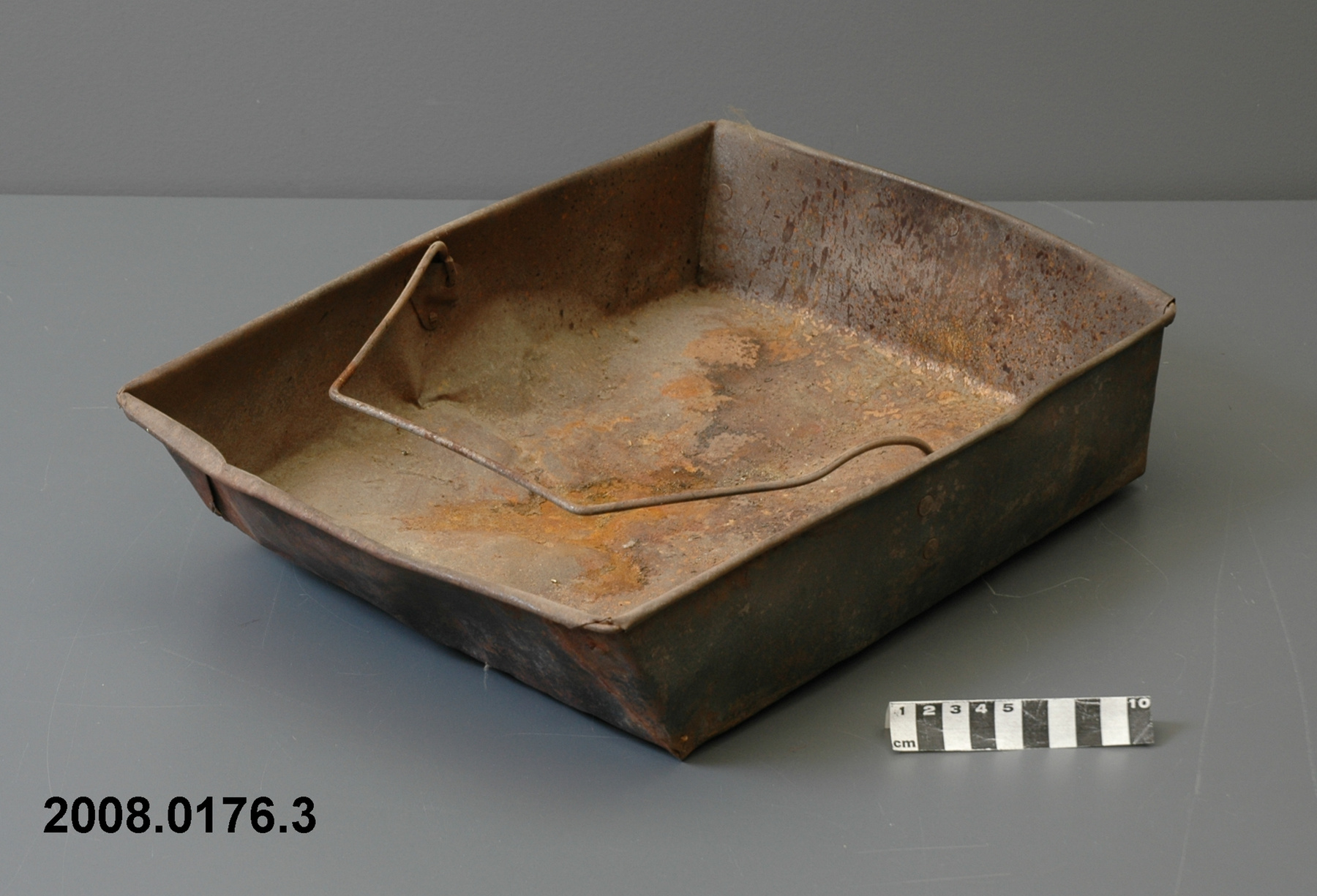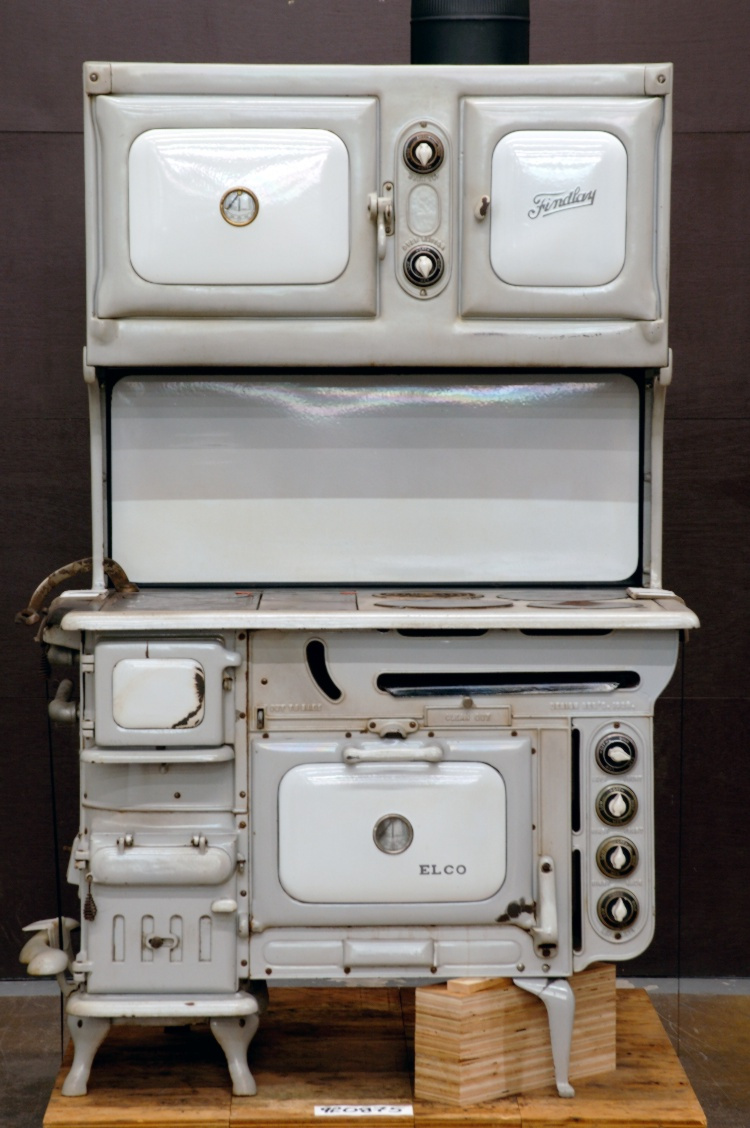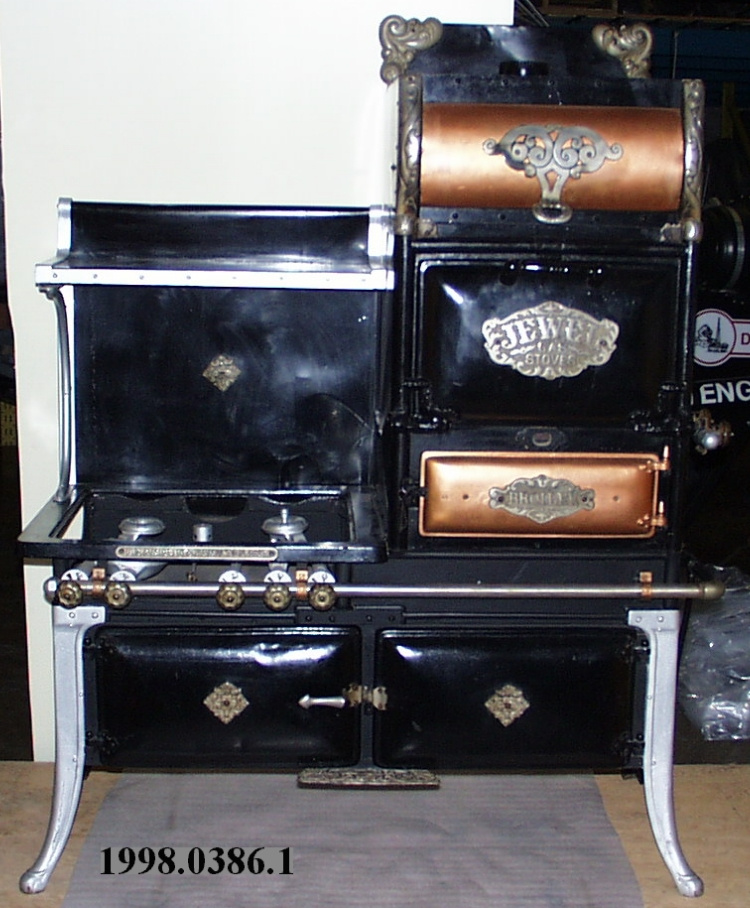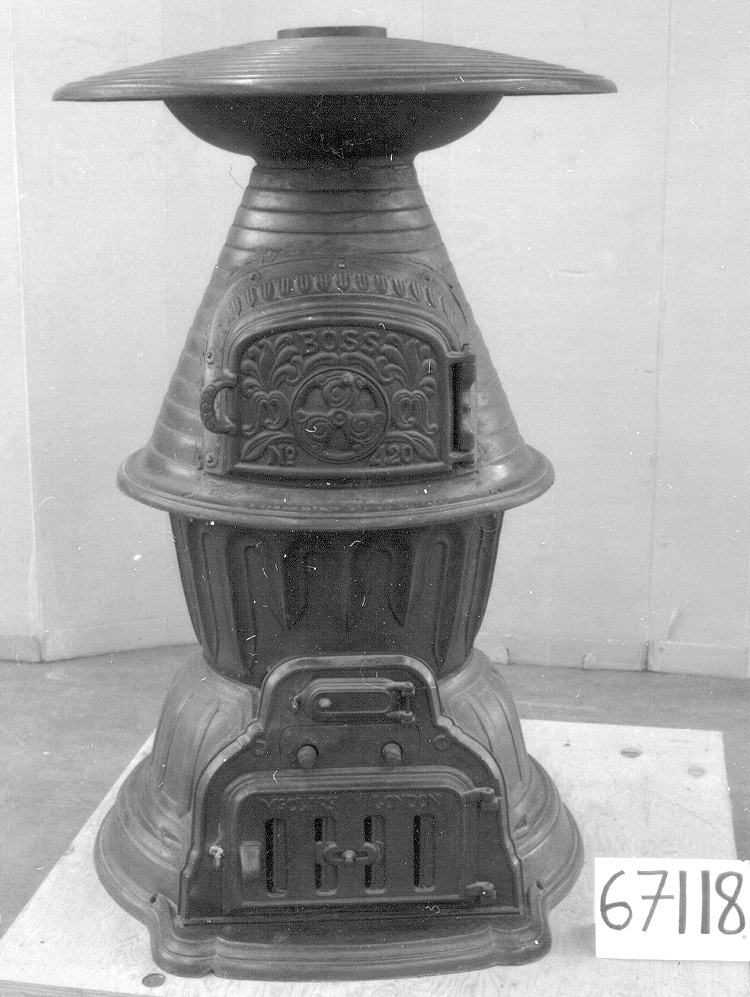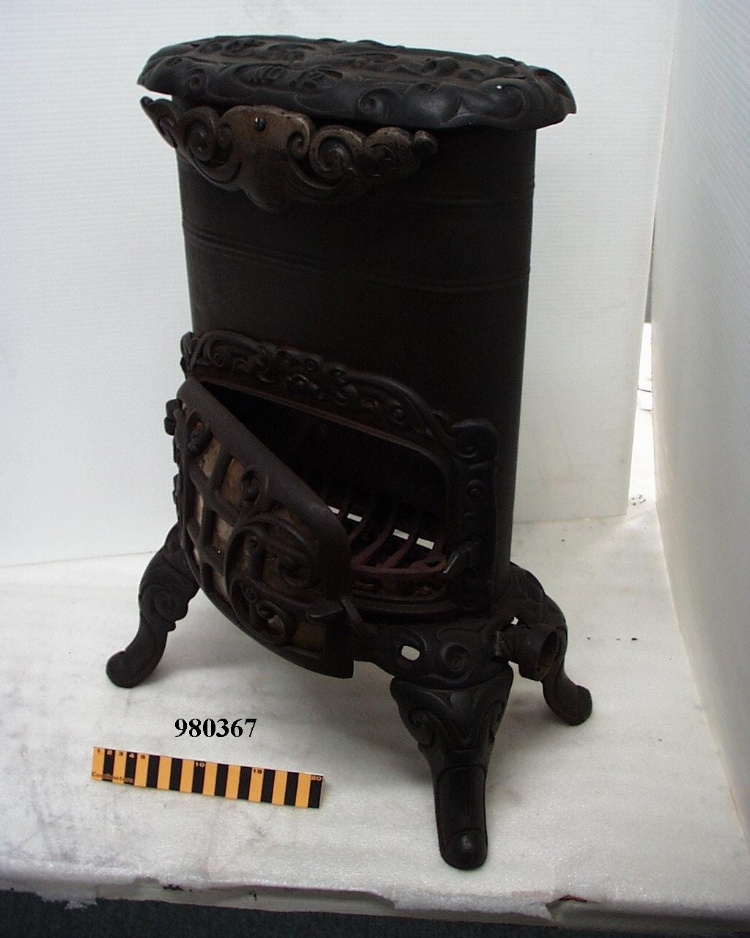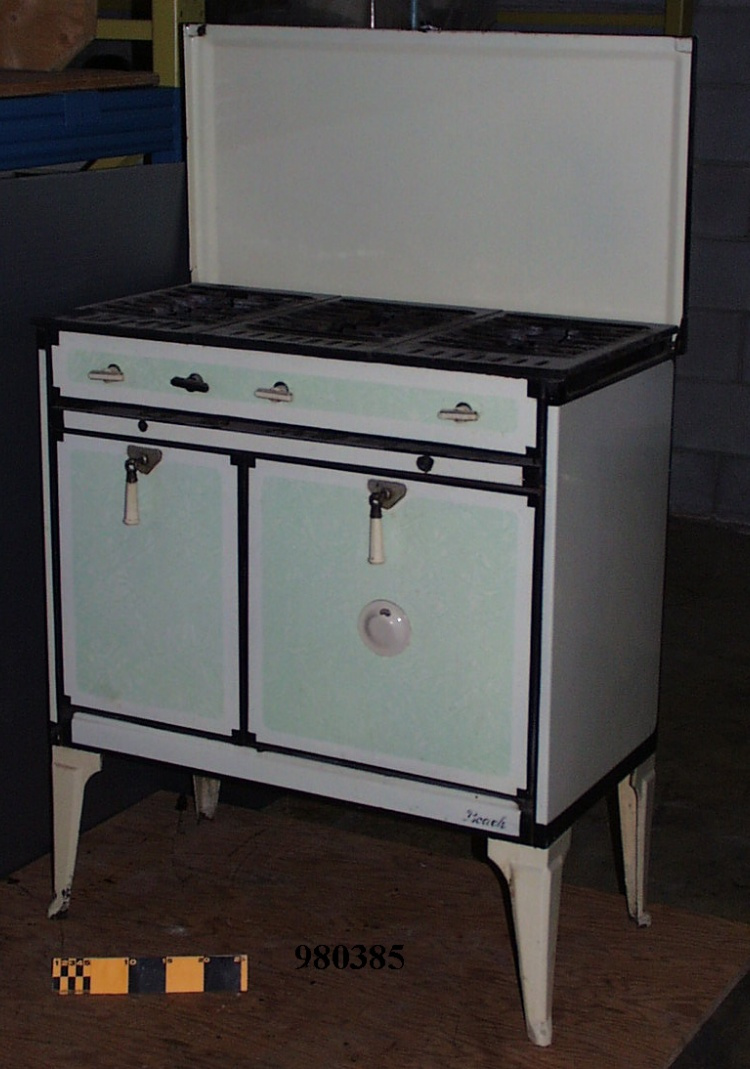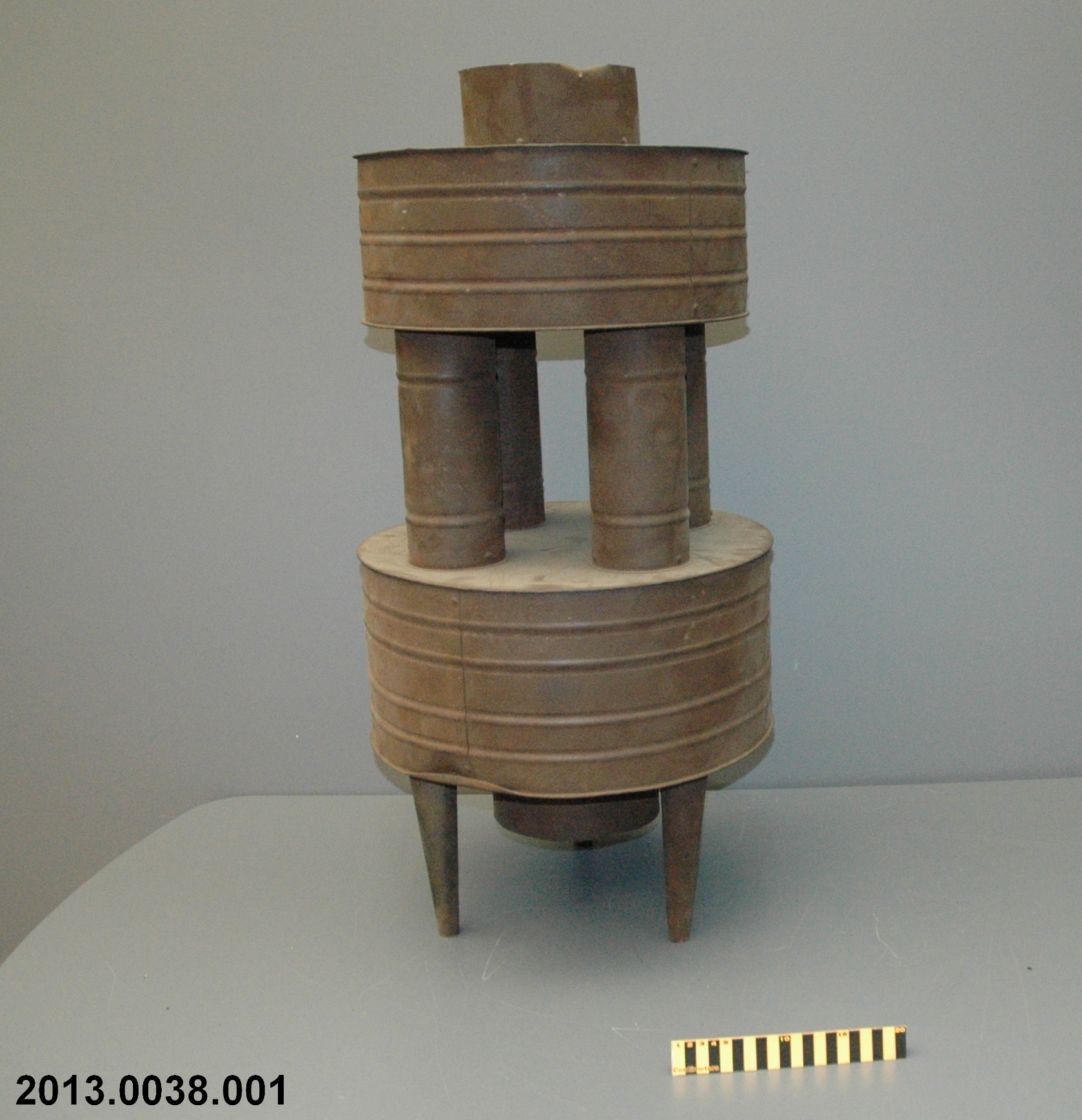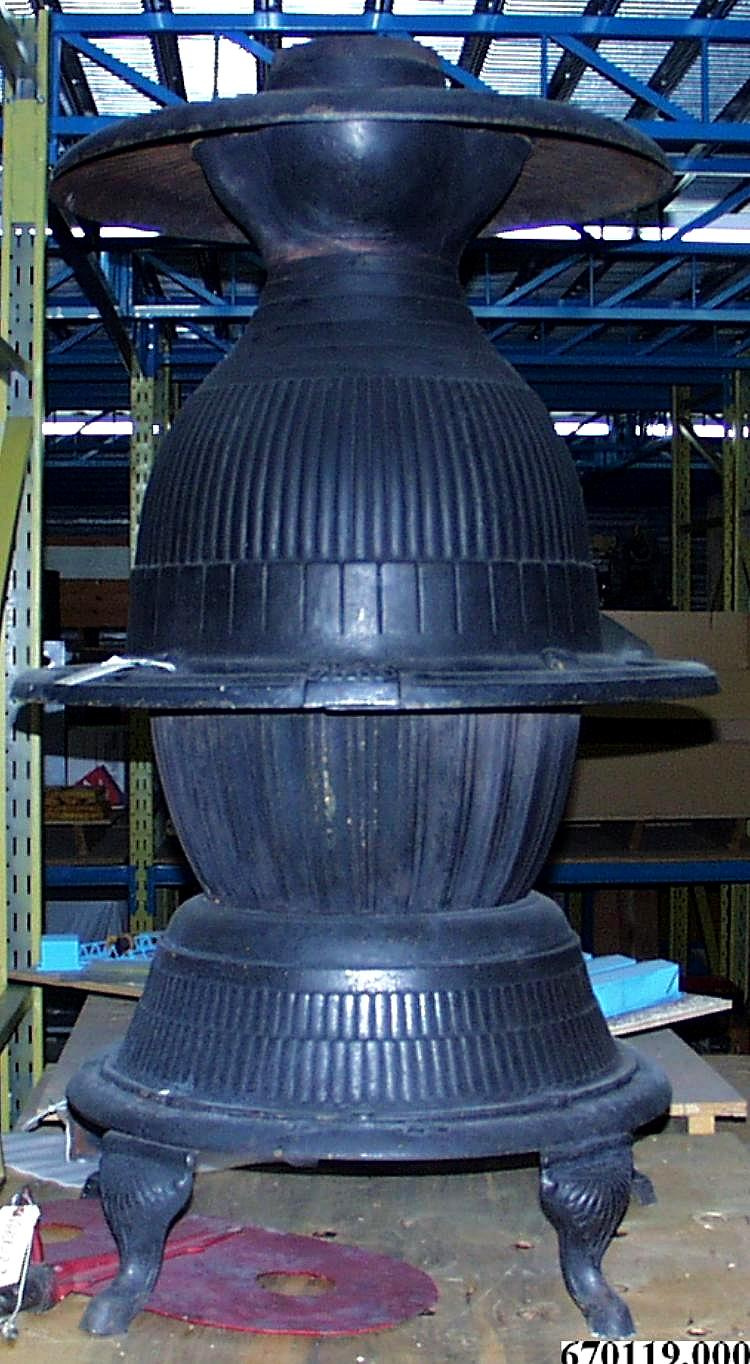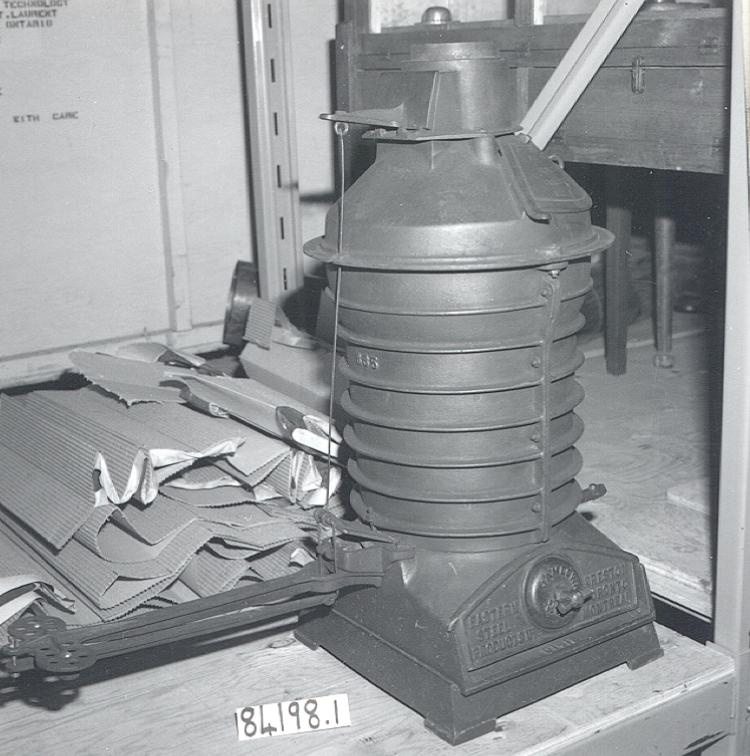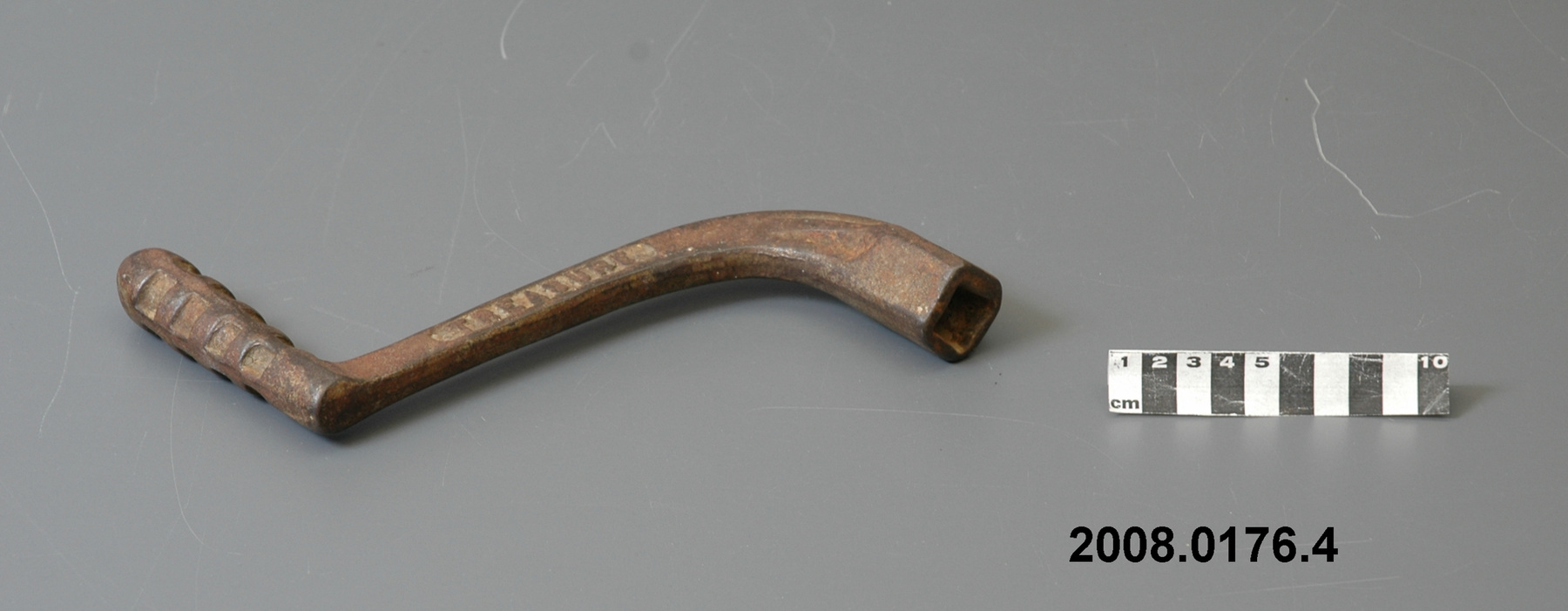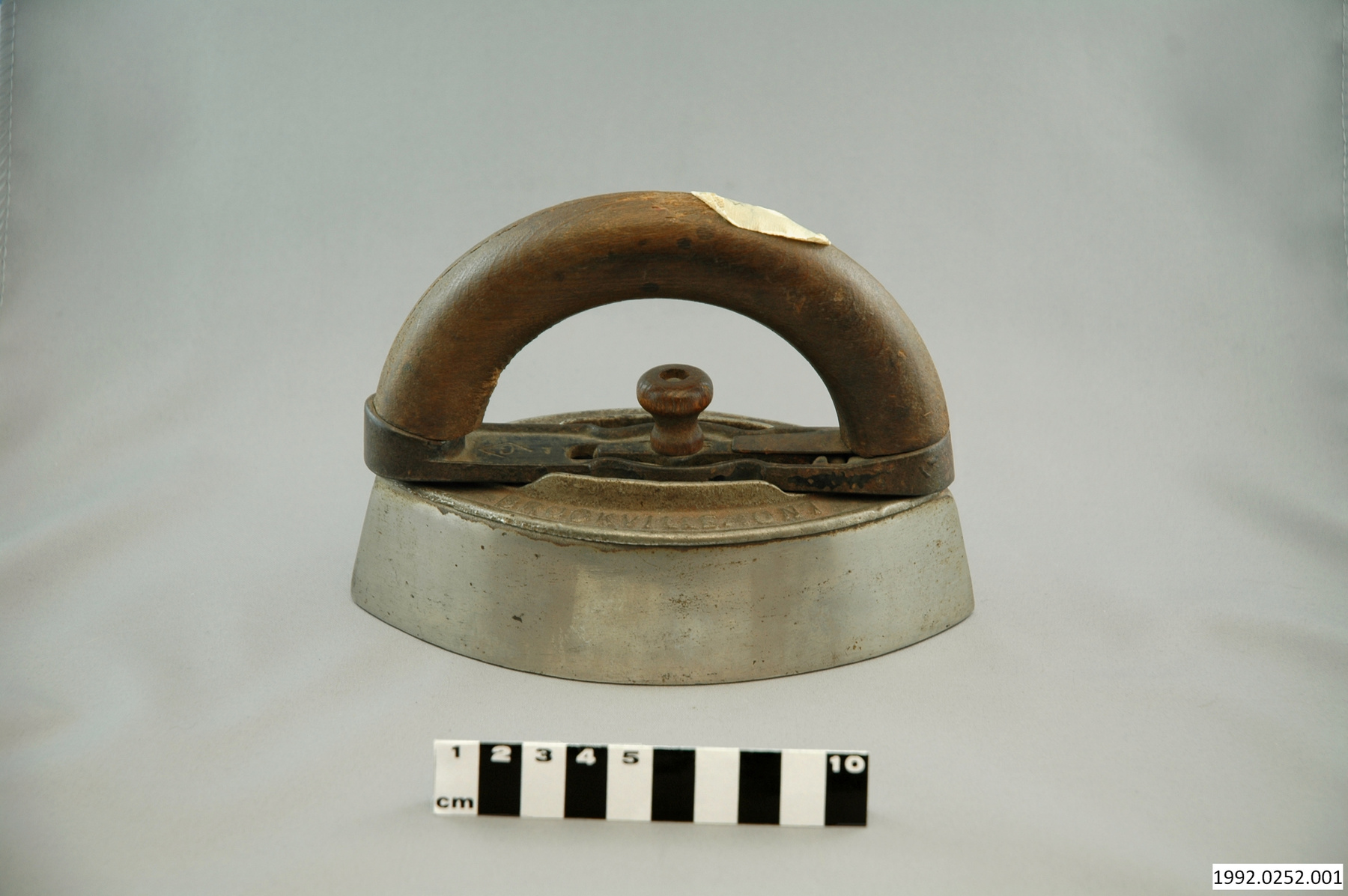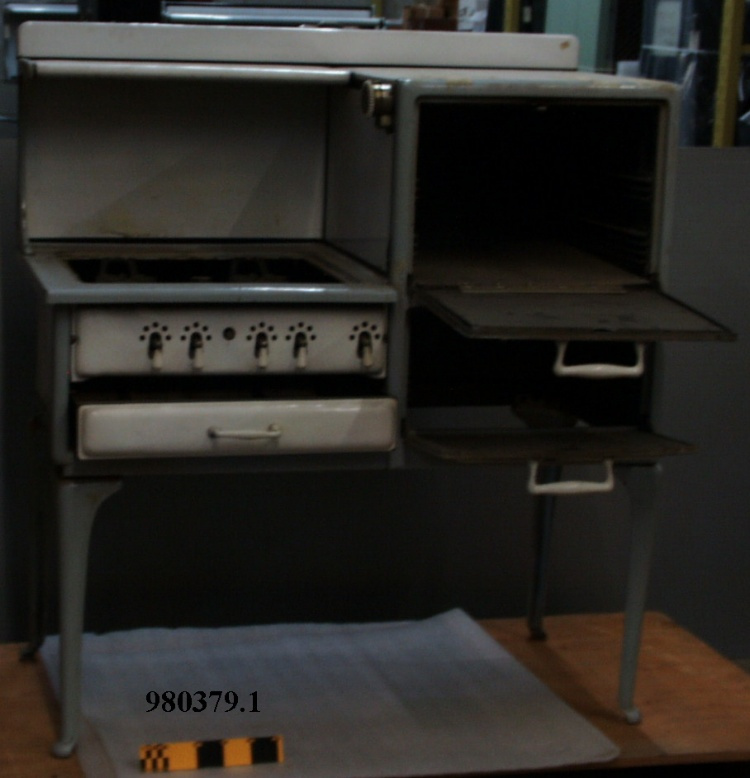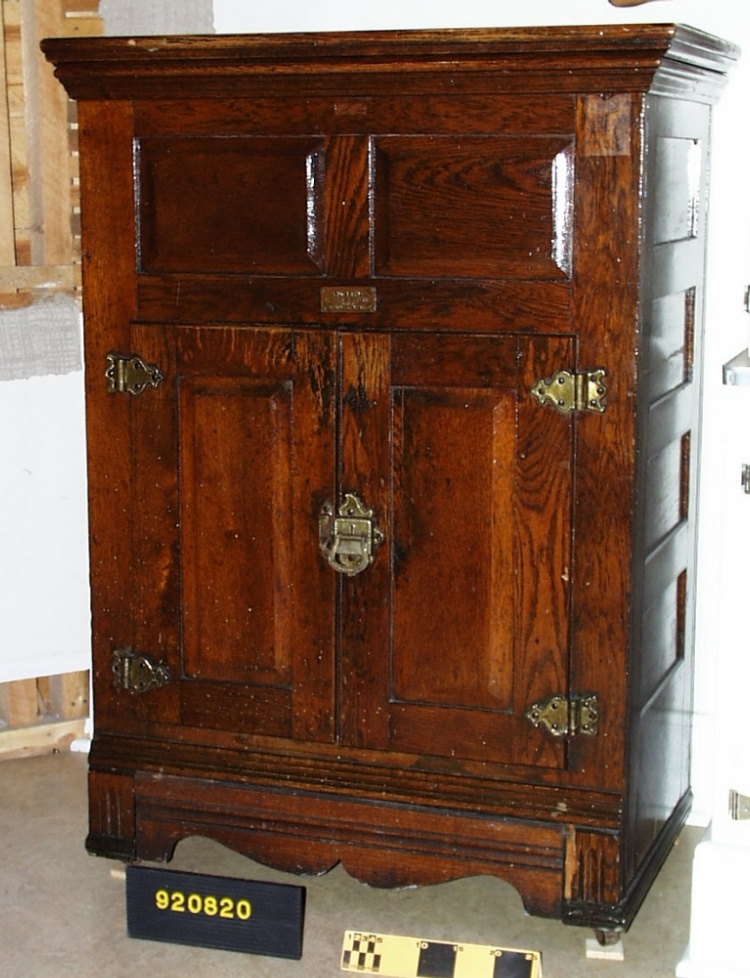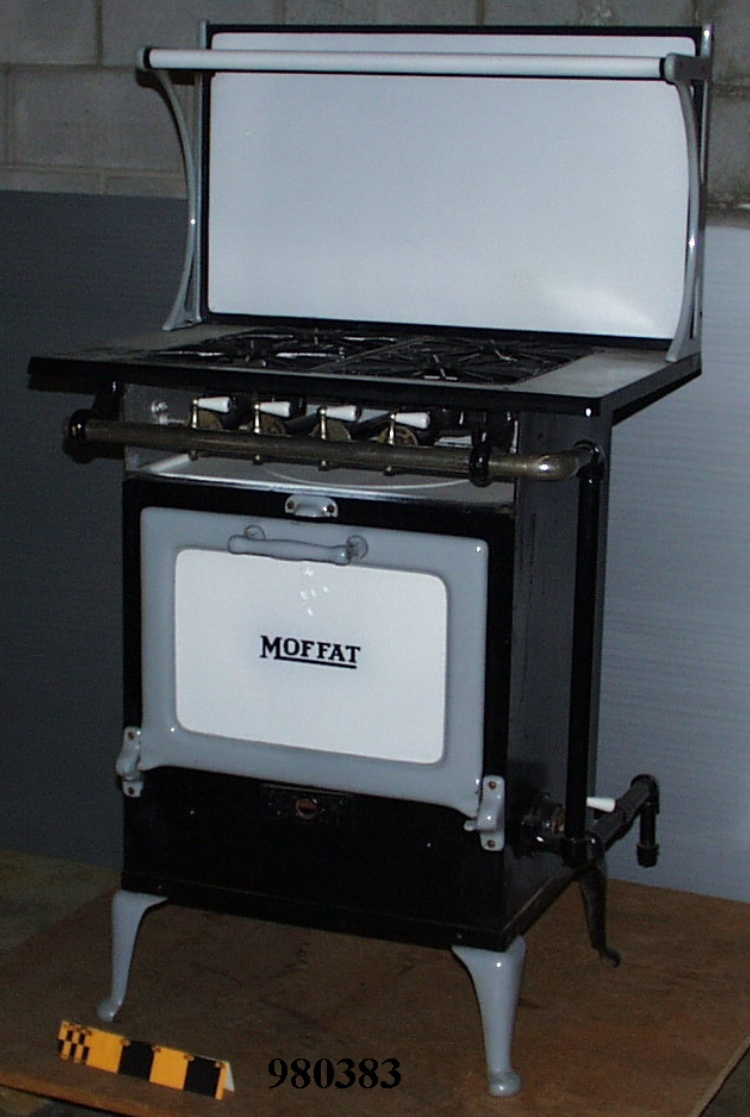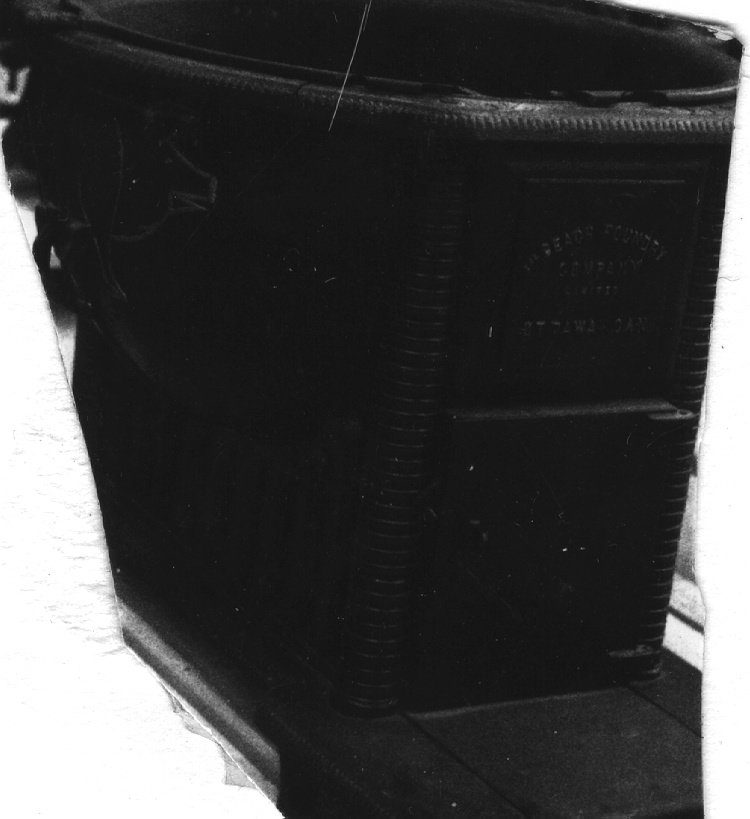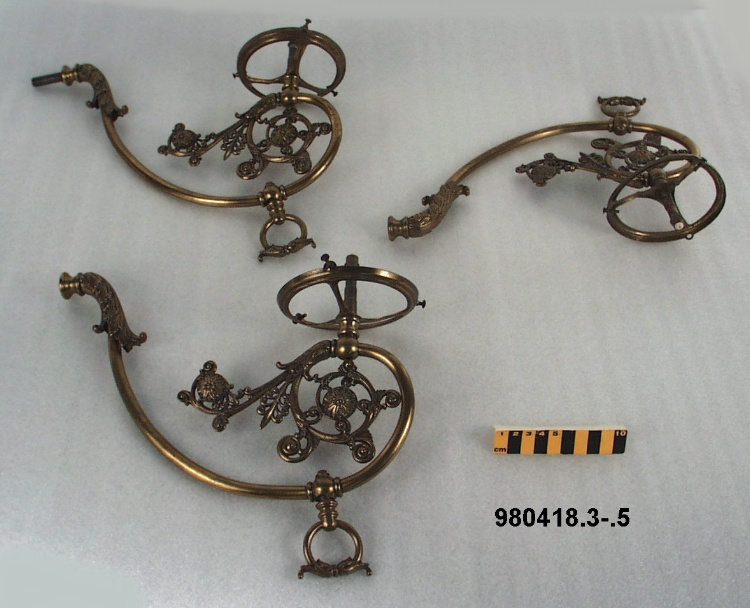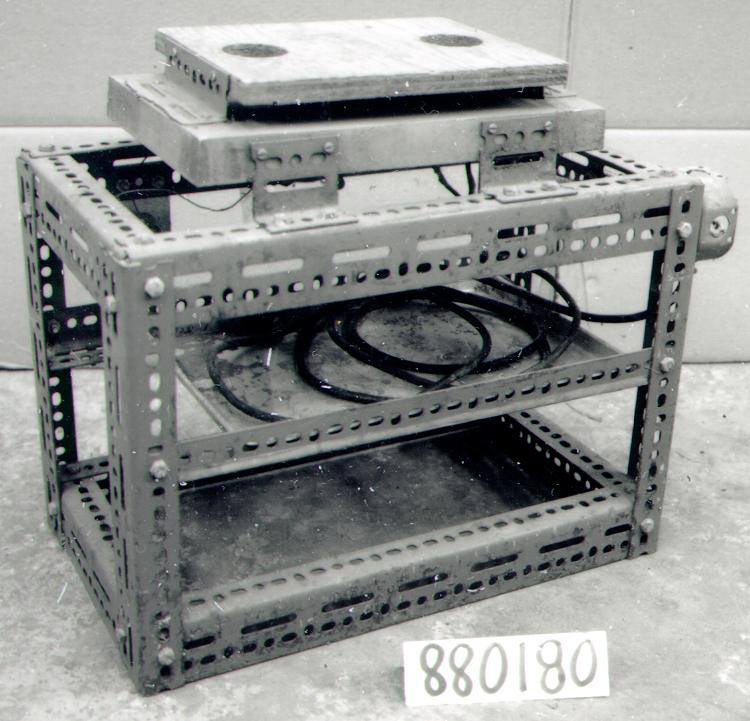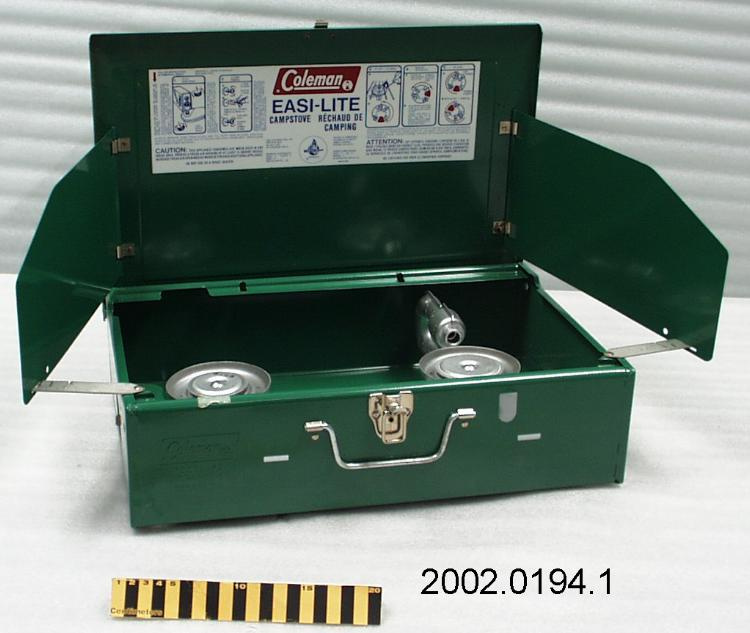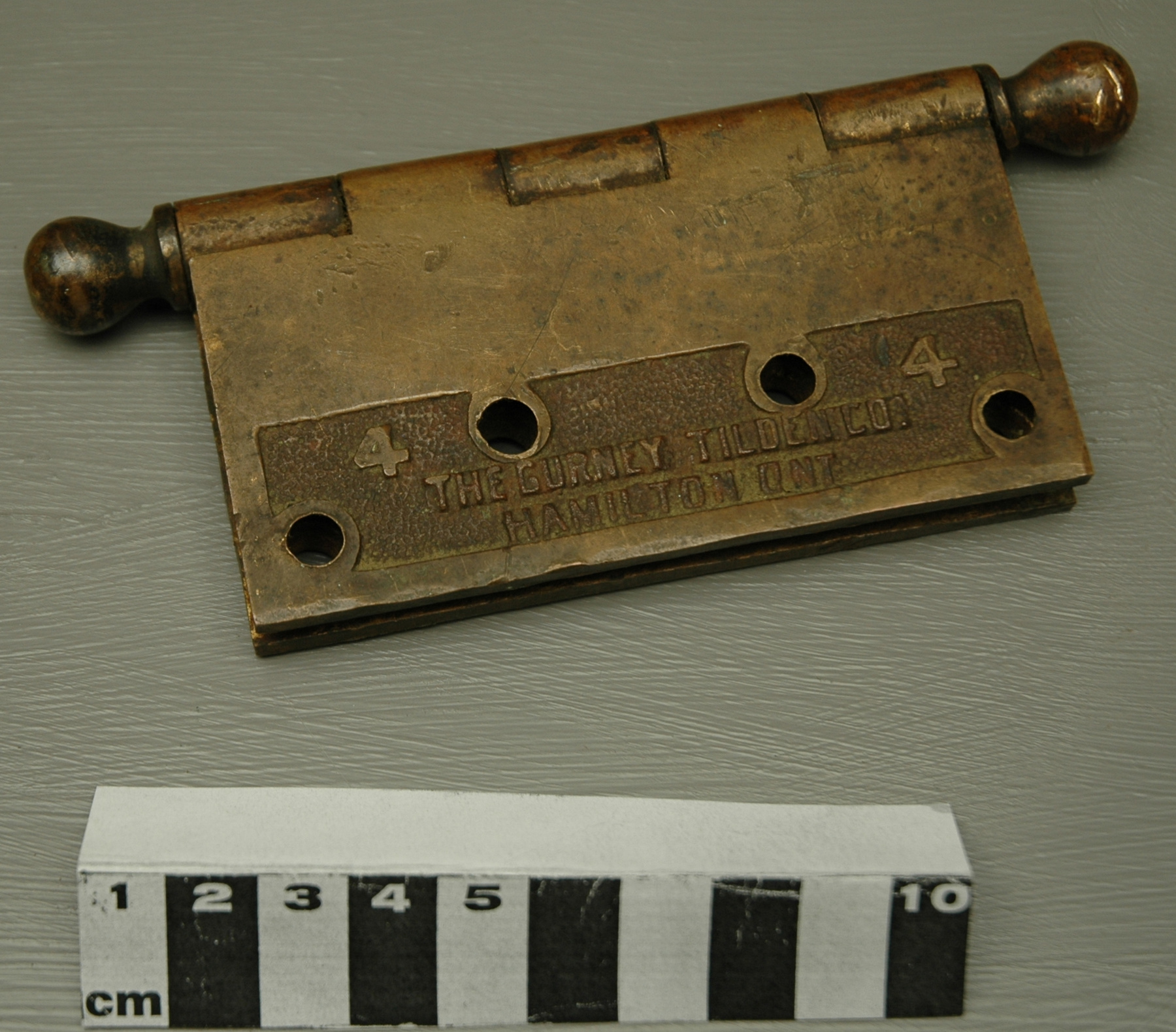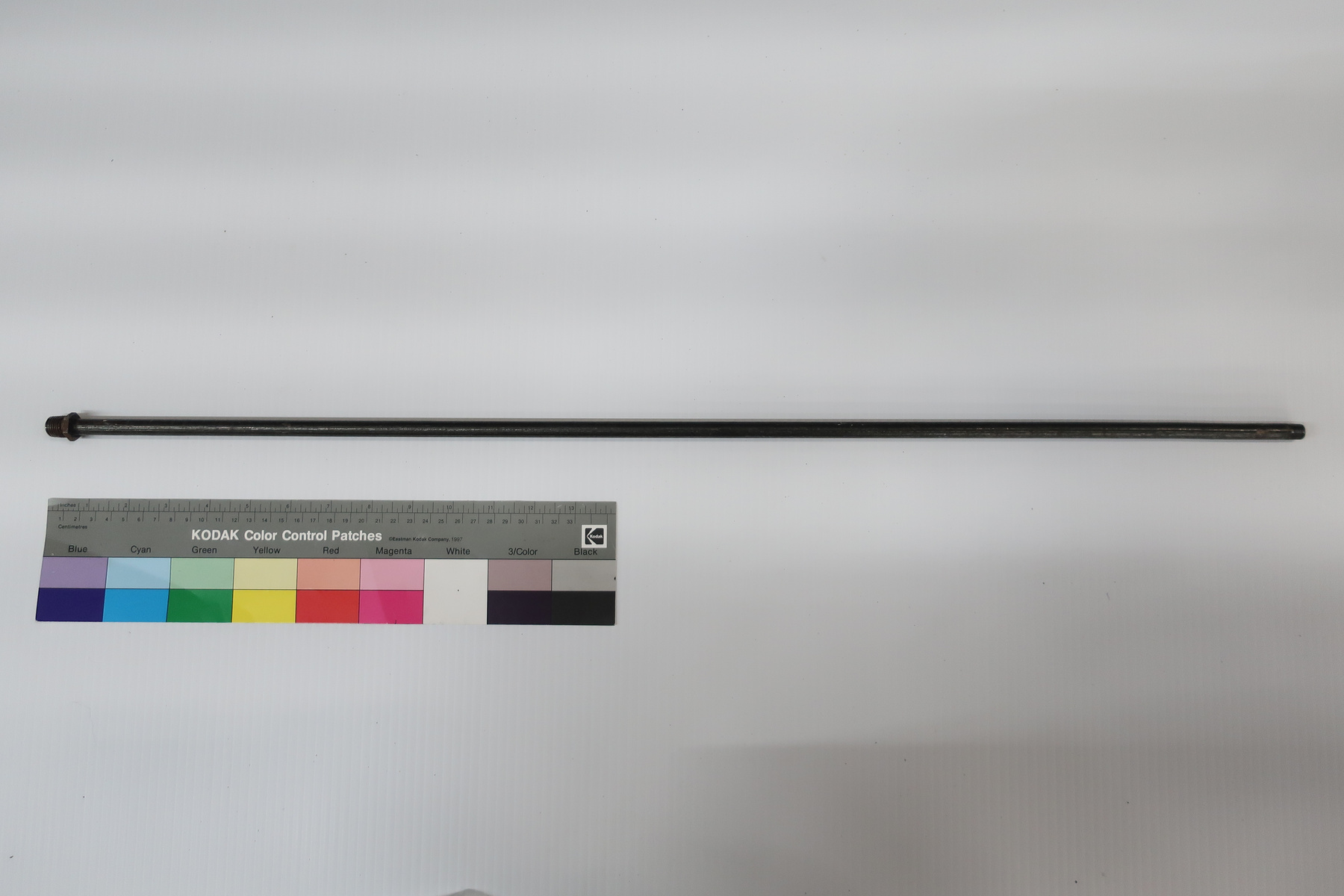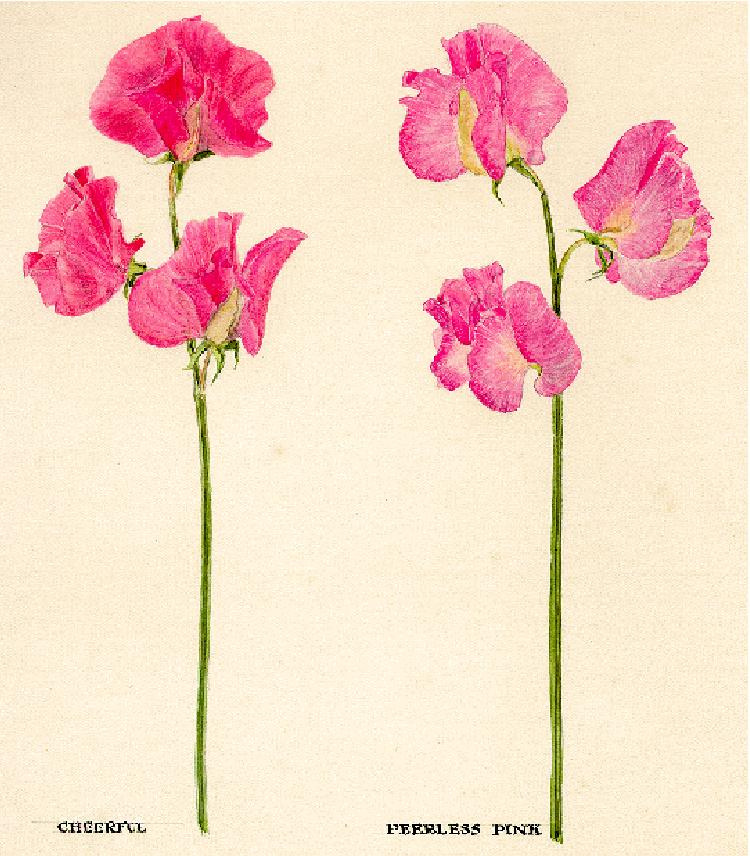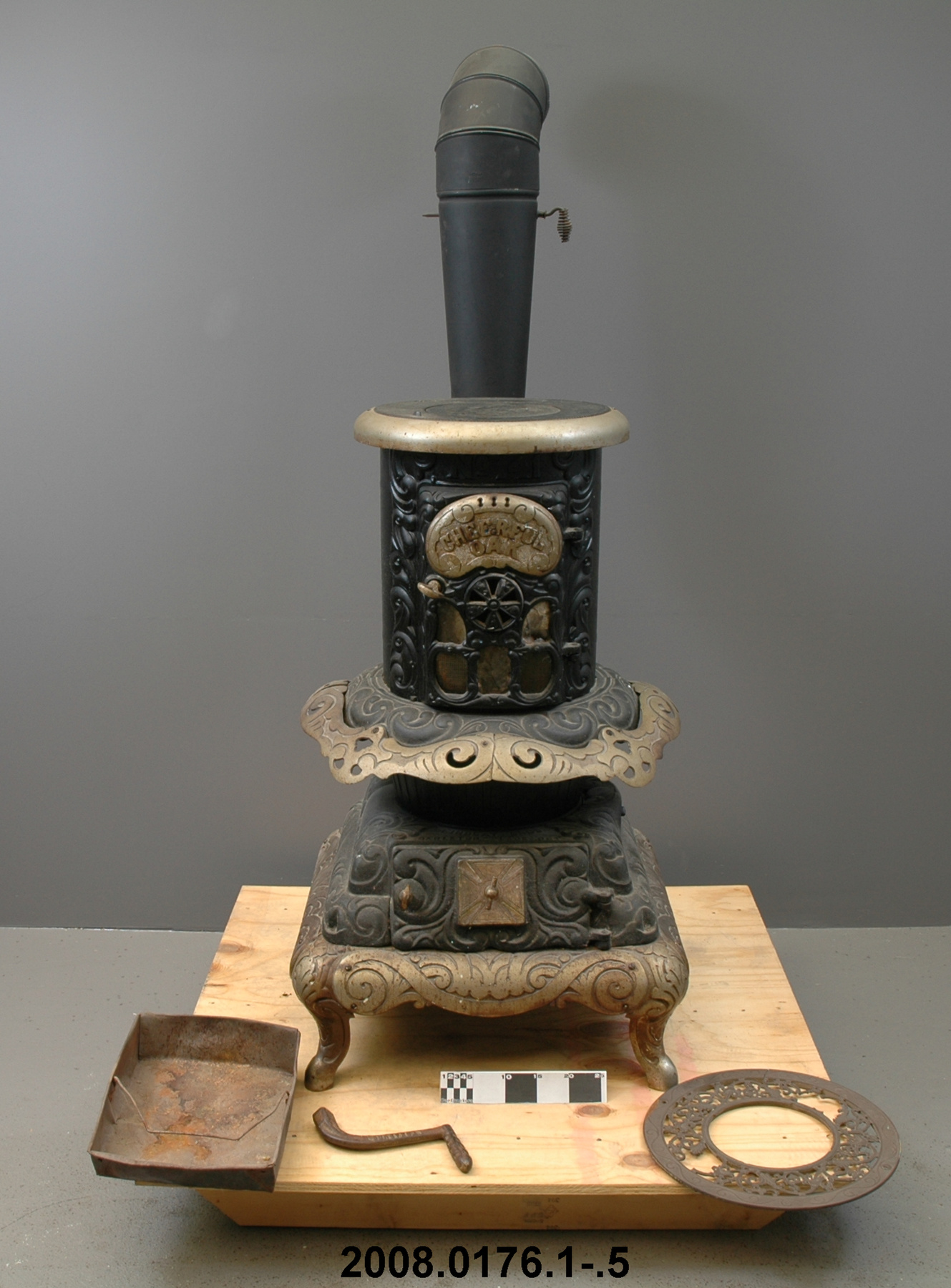Poêle
Utiliser cette image
Puis-je réutiliser cette image sans autorisation? Oui
Les images sur le portail de la collection d’Ingenium ont la licence Creative Commons suivante :
Copyright Ingenium / CC BY-NC-ND (Attribution-NonCommercial 4.0 International (CC BY-NC 4.0)
ATTRIBUER CETTE IMAGE
Ingenium,
2008.0176.001
Permalien:
Ingenium diffuse cette image sous le cadre de licence Creative Commons et encourage son téléchargement et sa réutilisation à des fins non commerciales. Veuillez mentionner Ingenium et citer le numéro de l’artefact.
TÉLÉCHARGER L’IMAGEACHETER CETTE IMAGE
Cette image peut être utilisée gratuitement pour des fins non commerciales.
Pour un usage commercial, veuillez consulter nos frais de reproduction et communiquer avec nous pour acheter l’image.
- TYPE D’OBJET
- coal-wood/oak
- DATE
- 1920
- NUMÉRO DE L’ARTEFACT
- 2008.0176.001
- FABRICANT
- Findlay Bros.
- MODÈLE
- Cheerful Oak 141
- EMPLACEMENT
- Carleton Place, Ontario, Canada
Plus d’information
Renseignements généraux
- Nº de série
- S/O
- Nº de partie
- 1
- Nombre total de parties
- 7
- Ou
- S/O
- Brevets
- S/O
- Description générale
- Cast iron body and parts/ mica sheets in the door
Dimensions
Remarque : Cette information reflète la taille générale pour l’entreposage et ne représente pas nécessairement les véritables dimensions de l’objet.
- Longueur
- 64,0 cm
- Largeur
- 64,0 cm
- Hauteur
- 104,5 cm
- Épaisseur
- S/O
- Poids
- S/O
- Diamètre
- S/O
- Volume
- S/O
Lexique
- Groupe
- Technologie domestique
- Catégorie
- Contrôle de l'environnement
- Sous-catégorie
- S/O
Fabricant
- Ou
- Findlay
- Pays
- Canada
- État/province
- Ontario
- Ville
- Carleton Place
Contexte
- Pays
- Canada
- État/province
- Ontario
- Période
- circa 1920 +
- Canada
-
The parlour stove is an example of a type of heating device used in Canadian homes from the 1890s to the 1920s. This stove was used at the turn of the 20th century in the home of Mr. Robert Brown, the grandfather-in-law of the donor. Mr. Brown purchased and used the stove in his house originally located at the intersection of Sparks and Bay streets in Ottawa. He was the founder of Robert Brown and Sons Monuments Ltd., a company in operation between 1877 and 1998 which specialized in the production of marble and masonry works. According to the Canadian Trade Index of 1930, they owned quarries in Lyndhurst, ON. In the Ottawa area they made most of the gravestones in Beechwood Cemetery and of Prime Minister Lester Pearson's grave in Wakefield, PQ, the Canadian Coat of Arms at the National Gallery and the lettering of some statues on Wellington St. Jointly with an engineering firm, the company took part in the renovation of the masonry at the Rideau Canal National Historic Site. The foundry established in 1862 in Carleton Place, ON, by a blacksmith, David Findlay, began making cast iron stoves in 1871. Until the end of its activities in 1974, the Findlay Stove Co. specialized in the production of a wide variety of heating and cooking stoves. They also manufactured the combination stoves that could use coal or wood and, from the 1930s, coal, wood or electricity. The Findlay Stove Co. (eventually known as Findlay's), became, over the years, the most important manufacturer in the area, and became known across Canada and in many countries. The "Cheerful Oak" model and other stoves were distributed across Canada and in England, Australia, Chile, Jamaica and Trinidad. - Fonction
-
A device used to raise the ambient temperature of a room or building, especially in cold weather. - Technique
-
In the 19th century, the making of home heating stoves was inspired by the early industrial processes first applied at Les Forges du Saint-Maurice, near Trois Rivières, PQ. Techniques such as the melting of iron in a blast furnace and the use if sand moulds with a patterned cavity for making stove parts were transferred from Britain, France and the U.S. were eventually adopted and transformed by Canadian ironmasters. Each part of the stove was cast separately and solidly assembled. To prevent plagiarism of the moulds of decorative motifs by competitors, many makers patented their products and indicated the model number on all parts. In the 19th century, the use of wood stoves was common in rural areas with an abundant supply of wood. Residents of most large cities used coal and coal gas (which became available in the 1860s) for lighting and household activities, and after 1900 benefitted from the infrastructure established to ensure distribution. This facilitated the use of coal for heating stoves, particularly in upper-class households. Stoves of cylindrical shape - also called "parlour" stoves - became very popular from the 1860s. This was probably because of their efficiency in heating the vast spaces of public buildings such as railway stations, offices, stores and eventually the various rooms of huge Victorian residences. Canadian foundries produced many models, featuring a basic pattern: a cylindrical body surrounded by a skirt and supported by a base with stylized legs. The growing use of parlour stoves in the various rooms of the house became an incentive to aesthetic criteria being used in their design and manufacture. Between the 1860s and the 1920s, manufacturers offered heating stoves in a variety of styles, from the Victorian neo-classical to the eclectic style, or following the trends of the Arts and Crafts and Art Nouveau movements. Flower and curved motifs came into extensive use at the turn of the 20th century. - Notes sur la région
-
Inconnu
Détails
- Marques
- Raised lettering on the door reads 'CHEERFUL OAK'/ Raised lettering above the door reads 'No 141'/ Raised lettering on the lower stove front reads 'FINDLAY BROS/ CARLETON PLACE ONT'
- Manque
- Top hat replaced by chimney pipe.
- Fini
- Painted black with nickel plated skirt, base edgings and parts
- Décoration
- Cast curvilinear and semi-floral designs on the stove body, skirt and other ornamental pieces/ row of short cast bars around the edge of the cylindrical top
FAIRE RÉFÉRENCE À CET OBJET
Si vous souhaitez publier de l’information sur cet objet de collection, veuillez indiquer ce qui suit :
Findlay Bros., Poêle, vers 1920, Numéro de l'artefact 2008.0176, Ingenium - Musées des sciences et de l'innovation du Canada, http://collection.ingeniumcanada.org/fr/id/2008.0176.001/
RÉTROACTION
Envoyer une question ou un commentaire sur cet artefact.
Plus comme ceci



